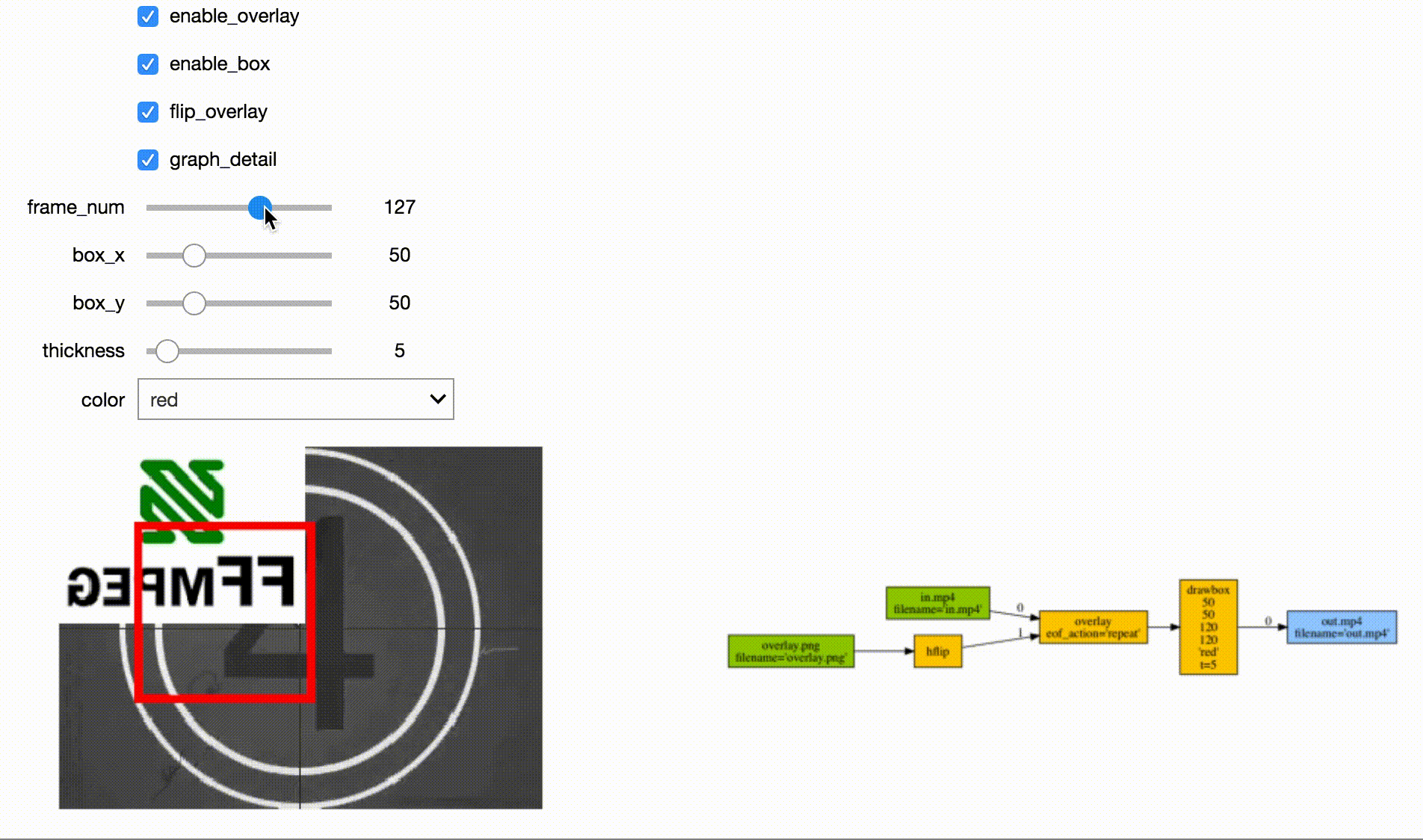
Implemention of Visual Cryptography by Shamir and Naor See this issue for some tips and possible problemsīetterHandler - A handler with some useful features that implements the standard net/http handler interfaceĪ set of async patterns implemented in both golang and javascriptĪ telegram bot that can remove exif metadata from imagesįull-native implementation of MTProto protocol on Golang Should work on other operating systems, though I haven’t tried. Possible formats: ffmpeg -list_options true -f dshow -i video=PUT_DEVICE_NAME. It is possible also to set a resolution and a format, for example -pixel_format yuyv422 -s 640x480. To check list of devices: ffmpeg -list_devices true -f dshow -i dummy. Should be possible to fix it with better ffmpeg configuration. rtbufsize 100M -f dshow -i video="PUT_DEVICE_NAME" -pix_fmt yuv420p -c:v libx264 -bsf:v h264_mp4toannexb -b:v 2M -max_delay 0 -bf 0 -f h264 - < SDP. So you can go to jsfiddle page and paste that into second text area Hit ‘Start Session’ in jsfiddleĪ video should start playing in your browser below the input boxes.

When you see SDP in base64 format printed it means that SDP is already in copy buffer. Input SessionDescription from ffmpeg-to-webrtc into your browser Here is an example of format that works: -pix_fmt yuv420p -c:v libx264 -bsf:v h264_mp4toannexb -b:v 2M -max_delay 0 -bf 0 -f h264. Browsers don’t support all h264 profiles so it may not always work. The app will read h264 stream from ffmpeg stdout. It makes ffmpeg to write output to stdout.


In the jsfiddle the top textarea is your browser’s SDP, copy that and: Windows you should see two text-areas and a ‘Start Session’ button Copy browser’s SessionDescription This example has the same structure as play-from-disk-h264 but instead of reading from a file it reads H264 stream from ffmpeg stdout pipe.

Ffmpeg-to-webrtc demonstrates how to send video from ffmpeg to your browser using pion.


 0 kommentar(er)
0 kommentar(er)
